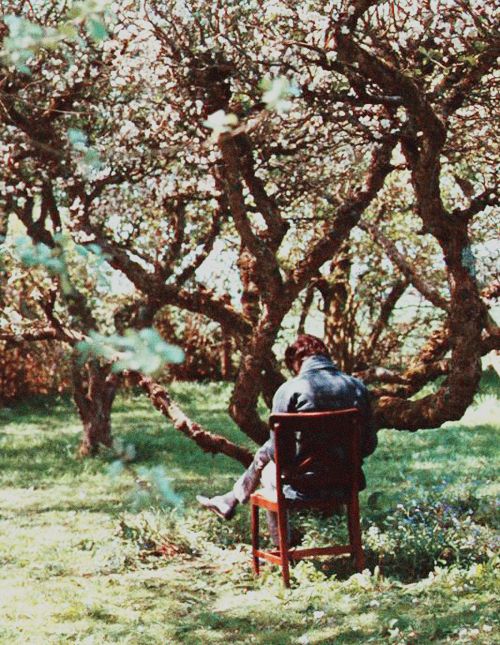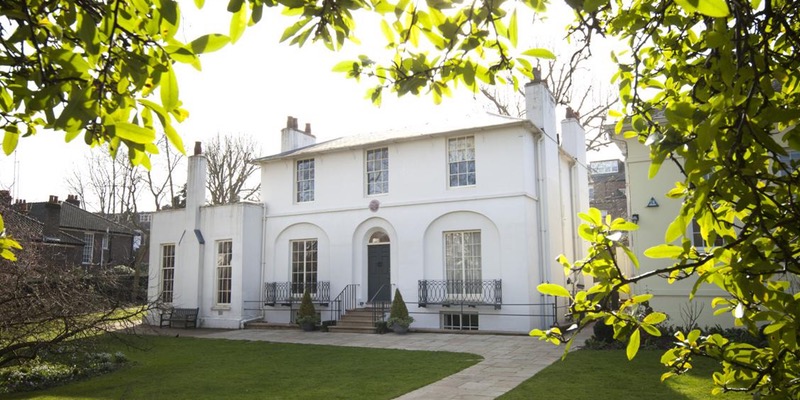
John Keats is one of our most beloved Romantic poets. The towering achievement of his poems is to fuse thought with a rich sensuality. Keats died at 25 of TB (tuberculosis) and it is as if the brevity of his short life charged his poetry with an urgent intensity.
One of my favourite places in London is John Keats House in Hampstead, now a museum. Keats moved into the house in 1818. In 1819 a young woman, Fanny Brawne, moved into an adjacent part of the property and so began one of the greatest love affairs in English literary history.

In the house, you can stand where Keats stood listening for the footsteps of his new neighbour – a thin wall separating the would-be lovers before his early death erected a more permanent separation. Moving into the garden, visitors are able to sit under the very same plum tree where Keats is thought to have composed one of his greatest poems ‘Ode to a Nightingale’


Burdened with ill health and scarcely healthier financial prospects, Keats and Brawne were unable to marry (although the two did become unofficially engaged). So, the thwarted love affair continued through letters…
Keats’s letters allow the reader to hear his most intimate thoughts in his own voice. Despite his death 200 years ago, the immediacy of that voice still astonishes:
“If I am destined to be happy with you here – how short is the longest life – I wish to believe in immortality – I wish to live with you forever”
In a sense, Keats gets his wish. The love affair lives on in the letters. The emotions as intense as the day they were written. The informalities of their lives mingling with some of the profoundest meditations on love and suffering.
As Ben Whishaw (who plays Keats in Jane Campion’s film ‘Bright Star’) remarks, in our age of continuous and instant communication, of Facebook and Twitter, these letters remind us of a real sensitivity and connection between human beings.


